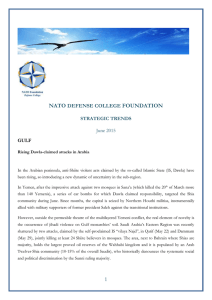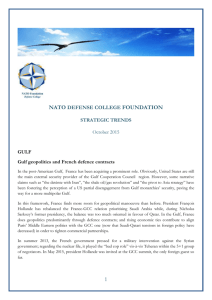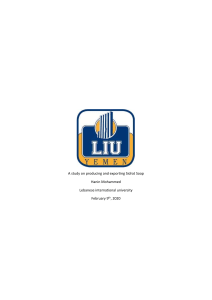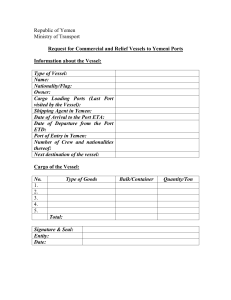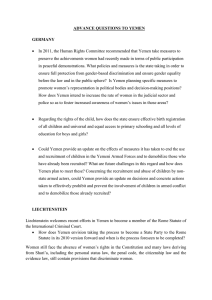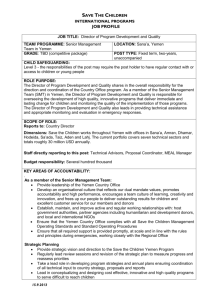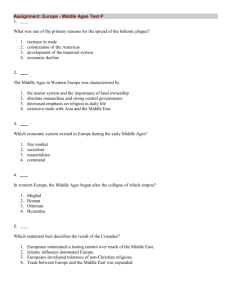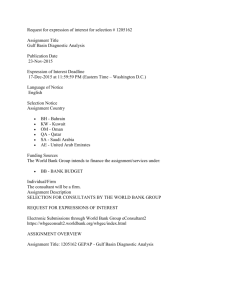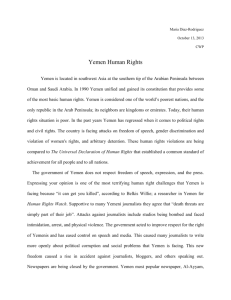- NATO - Defense College Foundation
advertisement
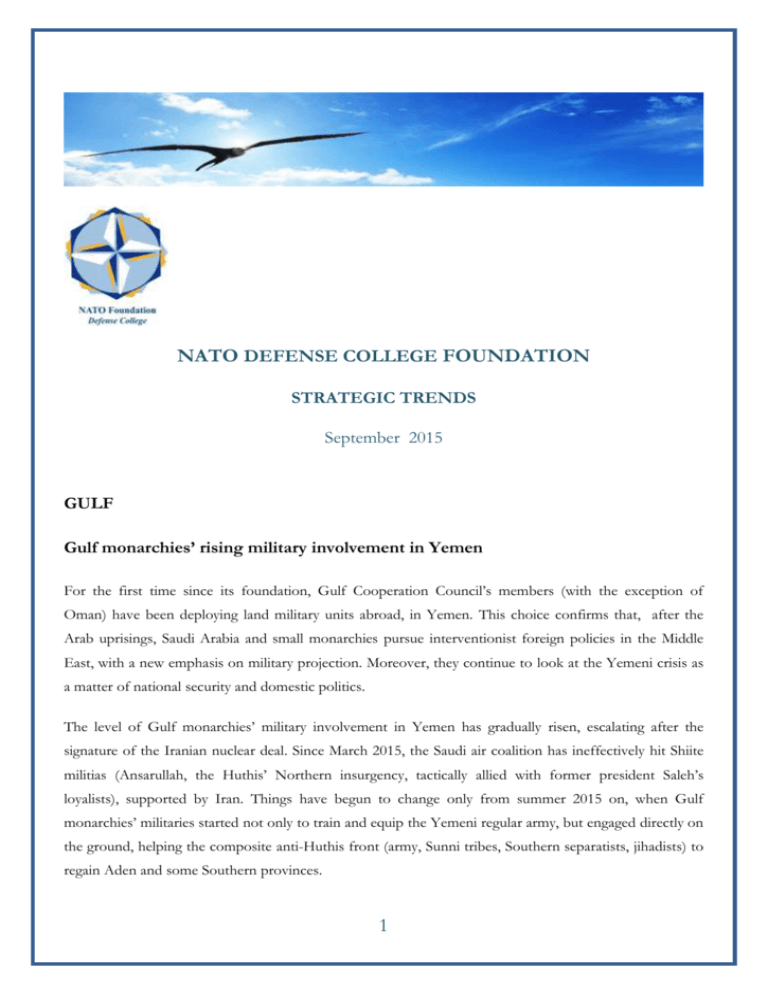
NATO DEFENSE COLLEGE FOUNDATION STRATEGIC TRENDS September 2015 GULF Gulf monarchies’ rising military involvement in Yemen For the first time since its foundation, Gulf Cooperation Council’s members (with the exception of Oman) have been deploying land military units abroad, in Yemen. This choice confirms that, after the Arab uprisings, Saudi Arabia and small monarchies pursue interventionist foreign policies in the Middle East, with a new emphasis on military projection. Moreover, they continue to look at the Yemeni crisis as a matter of national security and domestic politics. The level of Gulf monarchies’ military involvement in Yemen has gradually risen, escalating after the signature of the Iranian nuclear deal. Since March 2015, the Saudi air coalition has ineffectively hit Shiite militias (Ansarullah, the Huthis’ Northern insurgency, tactically allied with former president Saleh’s loyalists), supported by Iran. Things have begun to change only from summer 2015 on, when Gulf monarchies’ militaries started not only to train and equip the Yemeni regular army, but engaged directly on the ground, helping the composite anti-Huthis front (army, Sunni tribes, Southern separatists, jihadists) to regain Aden and some Southern provinces. 1 The Yemeni war is a real, and rather undocumented, hybrid conflict: Ansarullah’s militias fight in alliance with former, skilled segments of the army (Saleh’s loyalists); this will be a heavy test for Gulf monarchies’ land military capabilities. Among them, only UAE soldiers, the most professionalized of the GCC, have experiences in counterinsurgency (they actively participated to NATO ISAF mission in Afghanistan) and are committed to military-to-military cooperation in NATO’s framework: it is not by chance that Emirati militaries are now leading ground operations in Yemen. On September 4, 2015, 45 UAE soldiers were killed by a Houthi missile in the central Mareb region, together with 10 Saudi, 5 Bahraini and 4 Yemeni militaries, provoking deep mourning in all the peninsula. The imminent battle for Sana’a, still controlled by rebels, should start just from the oil-rich Mareb, with the strategic support of local Sunni tribes; but the population of the capital, in contrast with Aden or Taiz, has predominantly rallied around the insurgency. President Abd Rabu Mansur Hadi has just symbolically returned to Aden, calling for the implementation of UNSC Resolution 2216 (withdrawal of rebels from conquered areas and return of arms to the security forces). However, the real question is whether the interim government will be able to exert effective control on regained territories, unifying a front which is driven by anti-Huthis interests, but is not necessarily pro-government. Oman continues its niche diplomacy efforts alongside UN special envoy, seeking for minimum room of dialogue between Riyadh and Teheran: in fact, Yemen risks to remain trapped into the “Middle Eastern Cold War” and this is the paradox of a conflict, the Yemeni one, which has ancient and indigenous political roots and has only recently been poisoned by the external discourse of sectarianism. The real winner in this zero-sum regional battlefield could be the jihadi galaxy: al-Qaeda in the Arabian Peninsula secures its fiefdoms in the south, while the so-called Islamic State multiplies anti-Shiite attacks in Sana’a. 2
